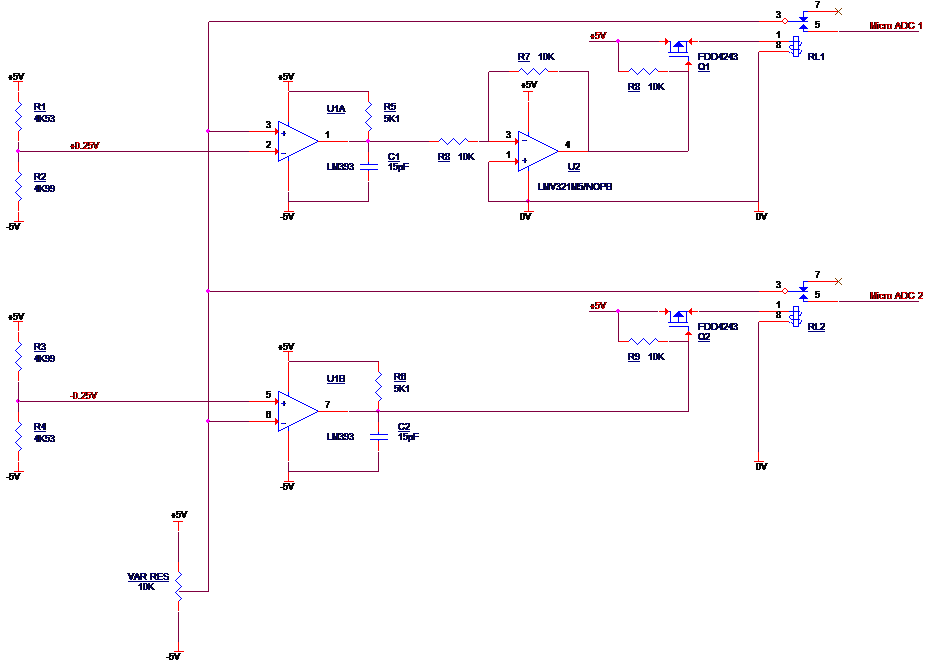Other Parts Discussed in Thread: UA741, TLV1702, LM393, LM324, OPA192, LM358
Hi,
I am currently working on an old design using a LM348N and I am looking to upgrade this chip. I understand this chip is based on the old UA741 which is not favoured because it does not swing close to zero.
I have a number of questions below:
1) The output of the comparator is to turn an N-FET gate ON/OFF. Would you recommend i used a push-pull output for this, and would i have to use a pull-up or pull-down resistor?
2) Am i correct in remembering that it is not recommend to use an amplifier like the LM348N as a comparator, its better to use comparators in comparator appliactions?
3) My slightly modified requirements are below:
* Dual Package
* Comparator
* Supply voltage -12V and +12V
* Output - push-pull i think as i want to turn an N-FET gate ON/OFF
4) I have tried to select a couple of comparators but i am not sure if these are correct as i am weak on op-amps:
* LM393M/NOPB
* LM2903M
Look forward to your replay and any input.
Thanks,
Rocketman46



